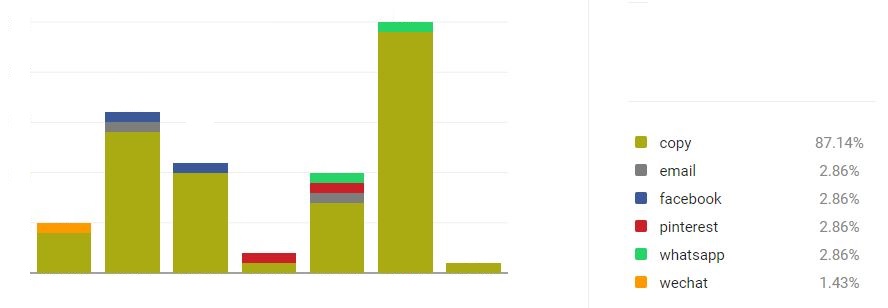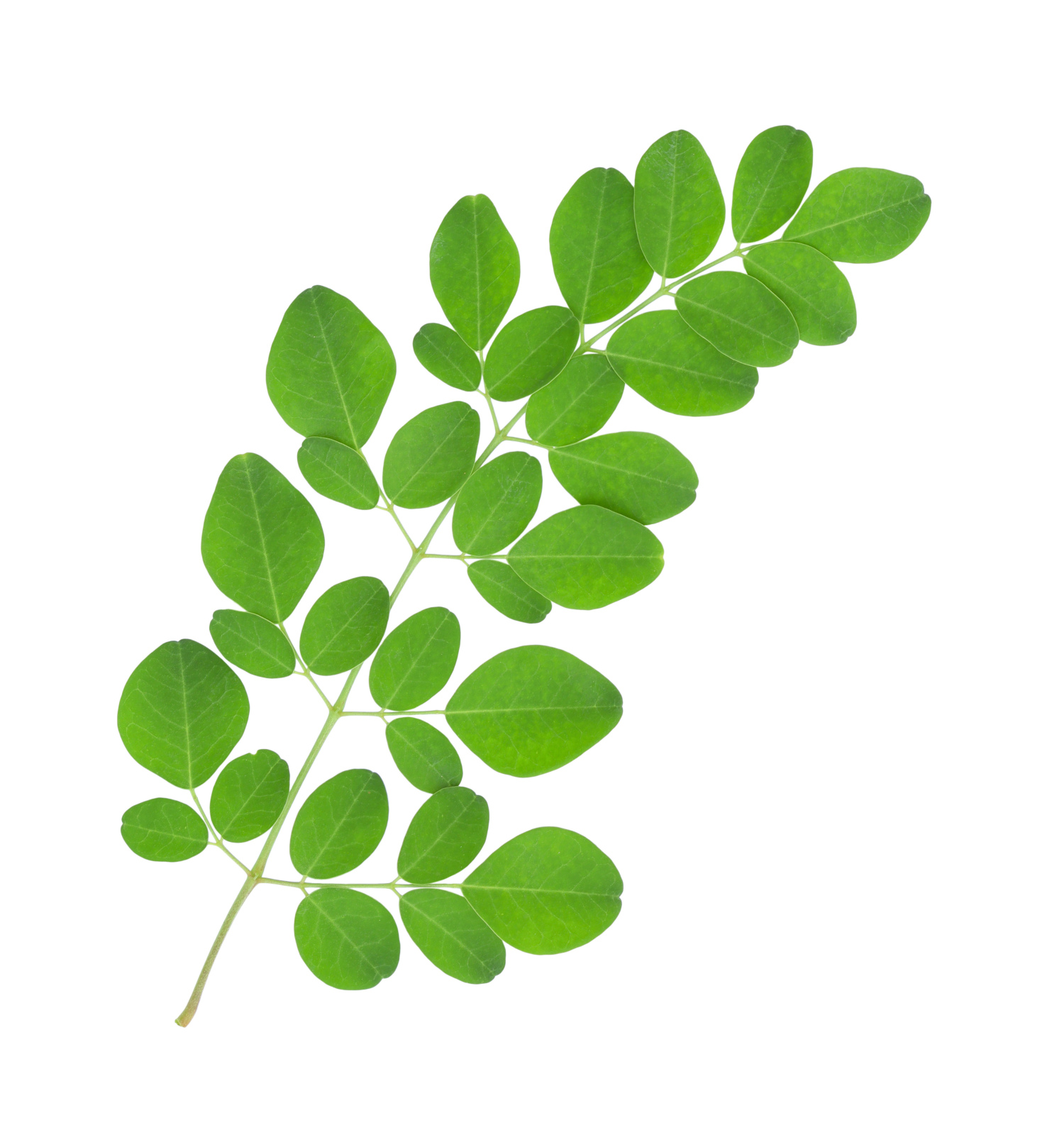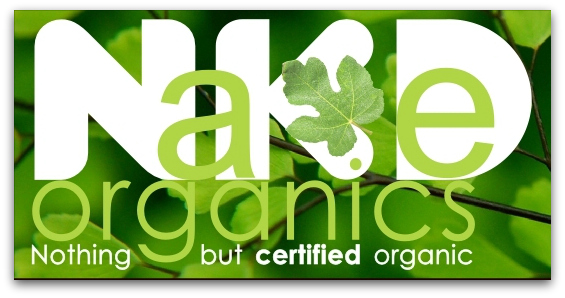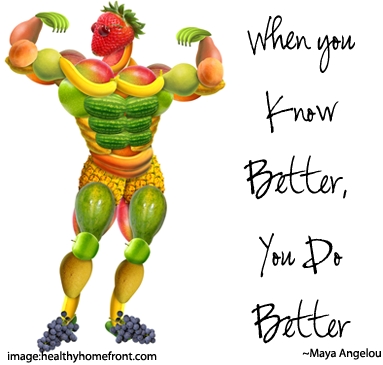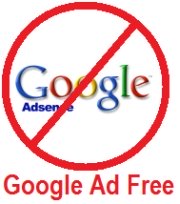|
|
www.moyoway.com |
Buy your Certified Organic |
|
|
CLICK FOR NAKED www.moyoway.com |
Moyo is an African origin word which implies that the
"heart and mind act as one to cultivate the spirit”
All the Makeup Categories on One Page - Clear and Easy
>Home Page >>Makeup Categories
Over the centuries, makeup categories have evolved and benefited from technological advancements. From pigments that were immersed in water by the Egyptians to modern day high performance synthetic colours and pigments delivered in a silicone base.
Today, there are 7 main categories that are listed just below. Each makeup category has some advantages and some disadvantages. There is no “one size fits all” in the make-up business.
Read through all the categories and make a mental note of the advantages that are best for you. Remember, it is through your research and understanding that you learn the Natural Advantage Ingredients.
The are 7 recognised makeup categories. They are listed as follows :
- Water-based
- Silicone-based
- Oil and emollient-based
- Oil-based
- Alcohol-based
- Powder-based
- Mineral
In this article, we have included an extra 2 categories for the reasons of recognition due to increasing popularity. They are :
- Organic makeup
- Natural makeup
We think they deserve to be mentioned separately because they do not fit into the traditional categories. There is no global consensus on the rules and regulations of organic cosmetics. While there is growing interest in this category, right now in many countries, manufactures can add the word "organic" to their product but there is no clear definition as to what it means.
Natural makeup, on the other hand, has a clear definition within the cosmetic industry and a very different interpretation by the public. This confusion is being exploited by clever marketing.
Word combinations like "natural effects", "natural feeling", "natural glow", "natural ingredients", etc, create the impression that natural is like clear spring water from the mountain side and the natural effects are the sparkles of reflecting sunlight.
Unfortunately, this is very far from the truth. It would be a good idea if we can all agree exactly what natural means as this marketing effect on innocent minds can easily create the wrong impression.
For these reasons, we think that adding Organic and Natural to the Makeup Categories list is a good idea.
Water-based
Appeared on the market during the mid 1940's. It contains emulsifiers that are able to bind water and oil thereby providing a natural medium coverage feel.
Due to its improved formula that creates a better feel, it has became more popular with woman that have traditionally used oil, powder or emollient bases. Of all the makeup categories, water-based make-up is sub divided into 3 further variations.
The 1st is an oil free formula that uses a polymer to improve adhesion to the skin. The result is a transfer resistant characteristic. This characteristic is especially beneficial in climates of high humidity with higher skin perspiration levels and skin that is very oily.
The 2nd variation is an oil free formula that includes clay for a mattifying visual characteristic. The formula is heavy with limited “slip” and is very difficult to apply because it dries so quickly – so much so that it is suggested to divide the face into quarters when applying.
The 3rd variation is the more typical creamy formula that results in a sheer to full, moist and satiny finish that is better accepted than the oil and emollient based products.
Keywords for you to learn :
- Emulsifier
- Emollient Ester
- Fatty Alcohol
- Polymer
Coverage category = Sheer to full
Silicone-based
Is a recent addition to the make-up arena. It has become very popular due to its “slip” effect. This effect has characteristics of viscosity and easy lubrication which provides the skin with a smooth and even finish.
The lighter weight of the silicone provides additional comfort that does not fill in lines or pores. This formula has a long lasting effect that does not change colour during wear. Even in harsh climates it stays soft and supple with little to no “feel”.
Compared to the other makeup categories, silicone based makeup is used extensively by professional makeup artists.
Keywords for you to learn :
- Cyclomethicone
- Dimethicone
- Oxidise
- Phenyl Trimethicone
- Polysiloxane
- Silicone
Coverage category = Medium to full
Oil and emollient-based
Out of all the makeup categories, this is the oldest of make-up formulas that used to include natural beeswax or lanolin as the main ingredient which gives it a thick texture similar to lip balm. Pigment was then added to the main ingredient.
The formula smudged easily and blocked pores, although, it did not cake. It also provided moisture and some waterproof characteristics. Today, the main ingredient is synthetic wax which is easier to apply and provides better consistency and durability during wear.
Keywords for you to learn :
Coverage category = Full
Oil-based
This is a liquid oil based texture with pigment added to complete the formula. Traditionally, this formula did not contain emulsifiers to bind the pigment. After some time, the pigment would settle to the bottom of the container.
Before using, shake the container and apply to the skin. The result is a smooth texture with medium pigment coverage. The oil also creates a moist finish on the skin.
Keywords for you to learn :
- Emulsifiers
Coverage category = Medium
Alcohol-based
Contains alcohol, water and pigment. It gained market share due to its characteristics of not blocking pores and its very lightweight feel. Due to this formula. Of all the makeup categories, alcohol-based makeup provides the least amount of opaqueness or full coverage.
Keywords for you to learn :
- Denatured Alcohol
Coverage category = Sheer
Powder-based
Generally uses talc as the main ingredient. To complete the formula, pigment, skin adhesion agents, emollients and wax are added. The disadvantage of the powder based product is that it can look dry, flaky and powdery, especially on dry and mature skin.
Keywords for you to learn :
- Talc
Coverage category = Sheer to full
Mineral make-up
Also known as earth minerals or bare minerals. It consists of mica, titanium dioxide, iron oxide and zinc oxide. Talc is also a mineral. Some mineral formulas include talc as a “mineral make-up”.
Most mineral formulas, however, are talc free. Bismuth oxychloride is also often used in mineral make-up ingredients.
There is no clear definition regarding the label “Mineral Make-up” and can be confusing, if not, misleading unless aware of the full ingredients list in order of dominance.
Mineral dominance in the formula can be less than 1% or up to 100% or anything in-between – it can all be called “Mineral Make-up”.
In the United States of America, the FDA requires that the ingredients be listed on every cosmetic, in descending order of dominance. With this requirement, the consumer can examine the ingredients list and inform themselves as to the quantity of minerals in the product.
Keywords for you to learn :
- Bismuth Oxychloride
- Iron Oxide
- Mica
- Talc
- Titanium Dioxide
- Zinc Oxide
Coverage category = Sheer to Full
Organic makeup
The term "organic make-up" does not apply to minerals, as they are a mined ingredient, from the earth – inorganic is the correct terminology. Sometimes make-up manufacturers might combine minerals with organic ingredients in their finished product.
Keywords Keywords for you to learn :
- Organic
Natural makeup
The terms "natural make-up" and other terms, such as "hypo-allergenic make-up" are not regulated by the FDA and can be used at the make-up manufacturers discretion.
Keywords for you to learn :
- Hypo-allergenic
- FDA
Make-up Types
When it comes to make-up types, most are distinguished by the area of the body intended for application. For example, Lipgloss, Concealer, Foundation.
Keywords for you to learn :
- Concealer
You probably noted the keywords in the makeup categories lists. We have a section called makeup ingredients. This is our website dictionary where we add words (from this site) that need some additional explaining. It's an ever growing list that will never really be completed but it makes a great start to learning about these new words.
Makeup Categories (Back to Top)
